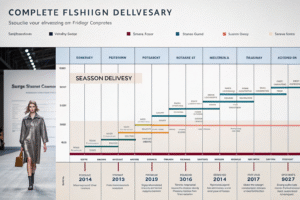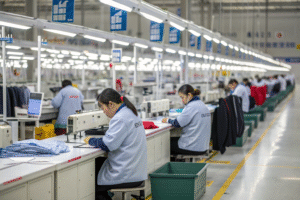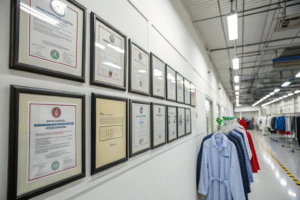Many industries are highly competitive, but there are still underserved market segments with untapped potential. Identifying these gaps can help businesses differentiate themselves and capture new customers. But what are these overlooked opportunities?
Underserved market segments are groups of consumers whose needs are not fully met by existing businesses. These include niche demographics, specialized product categories, and emerging consumer trends. Identifying and targeting these segments can lead to profitable business opportunities.
Understanding market gaps allows businesses to innovate and offer unique solutions that competitors overlook.
What Is an Example of an Underserved Market?
Some consumer groups struggle to find products tailored to their needs. But what is a real-world example of an underserved market?
An example of an underserved market is plus-size fashion for men. While the women's plus-size segment has grown, many retailers still fail to offer stylish, well-fitting clothing for larger men.

What makes a market underserved?
| Factor | Why It’s Underserved |
|---|---|
| Limited Product Availability | Few brands cater to specific needs |
| Lack of Marketing Focus | Businesses prioritize broader demographics |
| Pricing Barriers | Niche products are often expensive or unavailable |
| Cultural & Social Trends | Consumer demand evolves faster than supply |
What industries have notable underserved markets?
- Ethical and sustainable fashion for plus-size consumers
- Affordable adaptive clothing for people with disabilities
- Pet care products for exotic animals (e.g., reptiles, birds)
- Haircare products for specific ethnic hair types
- Organic and allergen-free baby food
What Is an Underserved Market Segment?
Market segmentation helps businesses tailor products to specific audiences. But what exactly defines an underserved market segment?
An underserved market segment consists of consumers whose needs are not fully addressed by mainstream businesses. These groups often face limited choices, poor representation, or high prices due to lack of competition.

Why do businesses overlook underserved segments?
| Reason | Effect on Market |
|---|---|
| Smaller Customer Base | Brands prioritize mass-market products |
| High Production Costs | Custom products may be costly to produce |
| Lack of Awareness | Businesses don’t realize demand exists |
| Regulatory Barriers | Compliance challenges prevent market entry |
How can businesses tap into underserved markets?
- Conduct market research to identify consumer pain points.
- Develop niche products tailored to specific customer needs.
- Leverage digital marketing to reach overlooked demographics.
- Offer customization to provide more inclusive options.
What Are the 4 Main Market Segments?
Businesses classify customers into different groups to better meet their needs. But what are the four key types of market segmentation?
The four main market segments are demographic, geographic, psychographic, and behavioral. Understanding these categories helps businesses refine their strategies and reach the right audience.

How do the four market segments work?
| Market Segment | Description | Example |
|---|---|---|
| Demographic | Based on age, gender, income, etc. | Luxury brands targeting high-income customers |
| Geographic | Based on location and climate | Snow gear brands marketing to cold regions |
| Psychographic | Based on lifestyle, values, and interests | Vegan brands targeting environmentally conscious buyers |
| Behavioral | Based on purchasing habits and loyalty | Subscription-based fashion services |
Why is segmentation important?
Targeting the right segment allows businesses to improve marketing efficiency, create personalized products, and increase customer satisfaction.
What Are Some Examples of Gaps in the Market?
Market gaps represent unmet consumer needs that businesses can capitalize on. But what are some current gaps?
Some major market gaps include affordable luxury, personalized wellness products, and sustainable packaging solutions. Businesses that identify these gaps can introduce new products and gain a competitive advantage.

What are common gaps in the fashion industry?
| Market Gap | Why It’s Underserved |
|---|---|
| Sustainable plus-size fashion | Limited stylish, eco-friendly options |
| Custom-fit clothing for petite men | Most brands cater to average heights |
| Workwear for pregnant women | Lack of professional maternity wear |
What are gaps in other industries?
- Affordable luxury cosmetics – Many consumers seek high-quality beauty products at mid-range prices.
- Senior-focused technology – More user-friendly smart devices for older adults.
- Personalized nutrition – Custom diet plans based on DNA analysis.
Conclusion
Underserved market segments present valuable opportunities for businesses willing to innovate. Whether it’s plus-size menswear, sustainable fashion, or adaptive clothing, targeting unmet needs can lead to strong customer loyalty and profitability. Companies that identify these gaps and develop tailored solutions gain a competitive edge in evolving industries.



















